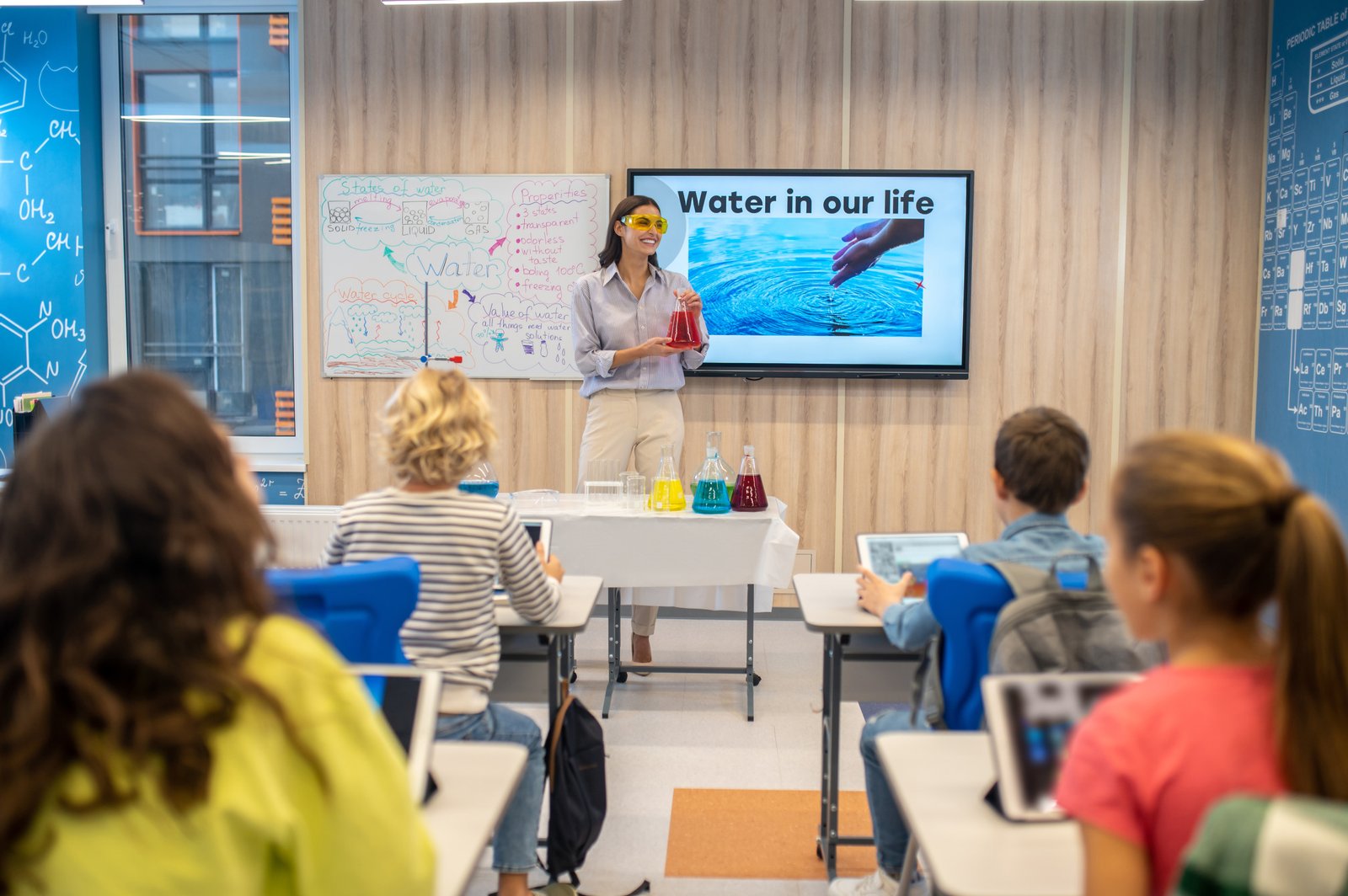The Role of Multimedia in Education
Multimedia is transforming the landscape of education. From interactive lessons to engaging presentations, the role of multimedia in education is expanding. This article explores how multimedia tools enhance teaching and learning experiences.
Enhancing Engagement
Interactive Learning
One of the significant benefits of multimedia in education is its ability to make learning interactive. Tools like interactive whiteboards and educational apps allow students to participate actively in lessons. This hands-on approach helps keep students engaged and improves retention of information.
Visual and Audio Stimuli
Multimedia incorporates visual and audio elements that cater to different learning styles. Videos, animations, and sound clips make complex topics easier to understand. For example, a historical documentary or a science experiment video can bring abstract concepts to life, making them more accessible.
Supporting Diverse Learning Styles
Catering to Different Learners
The role of multimedia in education is crucial in addressing various learning styles. Visual learners benefit from graphics and charts, while auditory learners gain from podcasts and audio recordings. Multimedia tools help teachers provide content that meets the needs of all students, ensuring a more inclusive learning environment.
Personalized Learning Experiences
Multimedia also enables personalized learning experiences. Educational software can adapt to each student’s pace and progress. This customization allows students to learn at their own speed, receive targeted feedback, and access resources that fit their individual needs.
Facilitating Collaborative Learning
Encouraging Group Work
Multimedia tools promote collaborative learning by facilitating group work and discussions. Platforms like online forums and collaborative documents enable students to work together on projects, share ideas, and provide peer feedback. This collaborative approach fosters teamwork and enhances communication skills.
Virtual Classrooms
Virtual classrooms and online learning platforms are examples of how multimedia supports collaboration. Tools such as video conferencing and shared digital workspaces allow students to interact with peers and instructors from anywhere. This flexibility makes learning more accessible and inclusive.

Streamlining Lesson Planning
Enhancing Teacher Effectiveness
For educators, the role of multimedia in education extends to lesson planning and delivery. Multimedia tools help teachers create dynamic presentations and organize lesson materials effectively. Resources like digital slideshows and interactive simulations make teaching more efficient and engaging.
Professional Development
Multimedia also supports teacher professional development. Online courses, webinars, and instructional videos provide educators with new teaching strategies and techniques. This continuous learning helps teachers stay updated with the latest educational trends and tools.
Improving Assessment and Feedback
Interactive Assessments
Multimedia tools enhance the assessment process by offering interactive quizzes and assignments. These assessments can provide immediate feedback, helping students understand their strengths and areas for improvement. Interactive elements make assessments more engaging and informative.
Data-Driven Insights
Educational technology often includes features for tracking student progress and performance. Teachers can use data collected from multimedia tools to gain insights into student learning. This information helps in identifying trends, evaluating teaching methods, and making data-driven decisions.
Overcoming Challenges
Addressing Technical Issues
Despite its advantages, the role of multimedia in education comes with challenges. Technical issues such as software glitches and hardware malfunctions can disrupt learning. Schools need to invest in reliable technology and provide technical support to minimize these problems.
Ensuring Access for All
Another challenge is ensuring equitable access to multimedia resources. Not all students may have access to the necessary devices or internet connectivity. Schools and educators must address these disparities to ensure that all students benefit from multimedia-enhanced learning.
Conclusion
In conclusion, the role of multimedia in education is pivotal in enhancing engagement, supporting diverse learning styles, and facilitating collaboration. By leveraging multimedia tools, educators can create more dynamic and personalized learning experiences. While challenges exist, the benefits of multimedia in education are clear, making it an essential component of modern teaching and learning.











